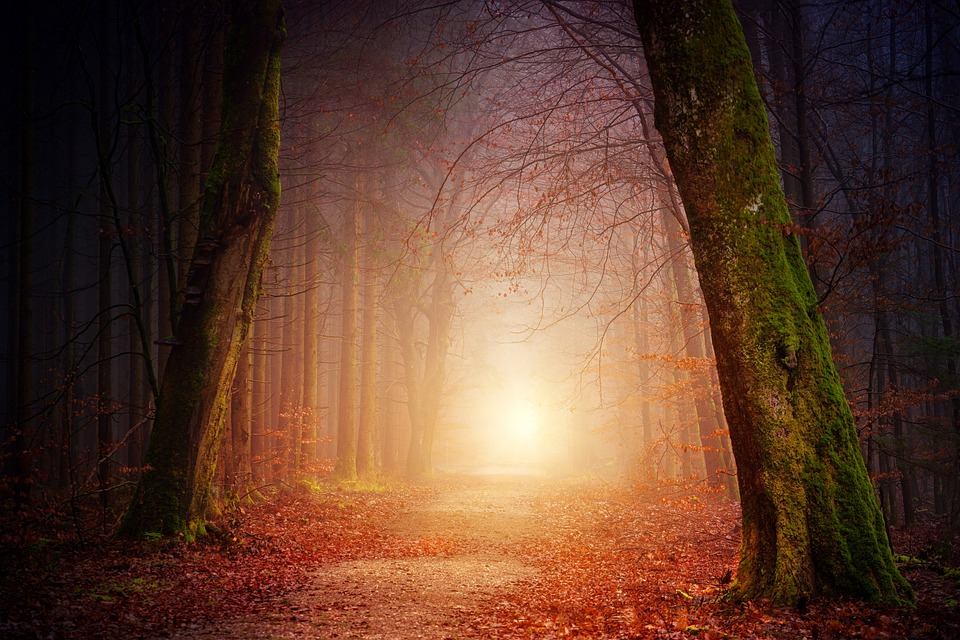The Beginnings of Magic
Magic, one of the oldest forms of performing arts, has a fascinating history that stretches back thousands of years. This art form has captivated audiences with its ability to deceive and astonish through illusions, tricks, and mind-bending spectacle. Let’s delve into the rich history and intriguing origins of magic.
Origins in Ancient Times
The roots of magic can be traced back to ancient civilizations. Dating as far back as early Egyptian, Greek, and Roman cultures, magic held a significant role in religious ceremonies and mysticism. It was believed that practitioners had supernatural abilities to connect with the gods and alter reality. These early performances often included sleight of hand, illusionary acts, and the display of seemingly impossible feats.
Magic in the Middle Ages
In the Middle Ages, magic took on a different role. During this time, witchcraft and sorcery were heavily feared and associated with demonic forces. Those who practiced magic were often persecuted, and the art form evolved into more secretive realms. It became intertwined with alchemy and occult practices, with magicians often performing in hidden chambers, disguising their tricks with mysticism and religious symbolism.
The Renaissance of Magic
The Influence of Magicians
During the Renaissance period, magic experienced a revival. Magicians such as Jean Eugène Robert-Houdin and Harry Houdini became pioneers of modern magic by revolutionizing performances and attracting large audiences. Robert-Houdin incorporated theatrical elements into his shows, while Houdini focused on escapology, performing daring stunts that amazed crowds worldwide. These magicians laid the groundwork for future generations, shaping the art form as we know it today.
The Golden Age of Magic
The late 19th and early 20th centuries are often referred to as the Golden Age of Magic. It was during this time that stage magic flourished, with magicians like Howard Thurston and Harry Kellar captivating audiences with their grand illusions, theatrical presentations, and charismatic performances. The growth of mass media, including newspapers and magazines, helped popularize these magical acts, making them widely known and celebrated.
The Modern Era
Television and Magic
Magic underwent significant changes in the modern era with the advent of television. Magicians such as David Copperfield and Penn & Teller gained immense popularity through their televised specials. With the ability to bring tricks and illusions directly into people’s living rooms, television became a transformative medium for magic, increasing its accessibility and sparking renewed interest in the art form.
Emergence of Street Magic
The late 20th century witnessed the rise of a new form of magic known as street magic. Magicians like David Blaine and Criss Angel took their performances to the streets, astonishing unsuspecting spectators with close-up tricks and mind-reading feats. Street magic helped rejuvenate the art form by infusing it with a more interactive and relatable approach, breaking away from traditional stage performances.
The Future of Magic
Magic in the Digital Age
In today’s digitally interconnected world, magic has adapted to embrace new technologies. Magicians incorporate smartphones, augmented reality, and social media platforms to create innovative and mind-boggling illusions. By leveraging these advancements, magicians can reach wider audiences and engage with spectators in previously unimaginable ways.
The Intersection of Science and Magic
Magic has also started to converge with science, creating a new genre of magic known as “science magic” or “nerd magic.” Magicians merge scientific principles and experimentation with their acts to astound audiences. With a focus on both education and entertainment, science magic blends elements of scientific discovery with the wonder and awe of magical performances, inspiring a new generation of enthusiasts.
Conclusion
Magic, a captivating art form with a centuries-old legacy, continues to evolve and amaze audiences all over the world. From its ancient origins in religious rituals to the theatricality of Renaissance magicians and the modern adaptations in the digital age, magic remains a testament to human fascination with the impossible. As the art of magic continues to adapt and incorporate new technologies and ideas, the mind-bending wonders of this extraordinary form of expression will undoubtedly endure for generations to come.

